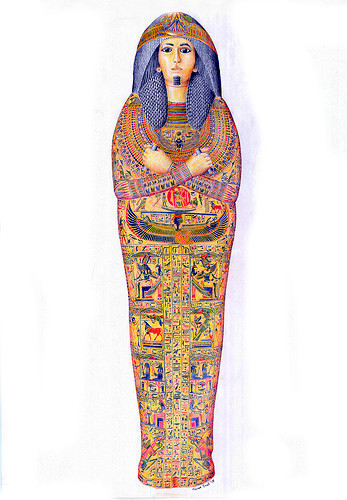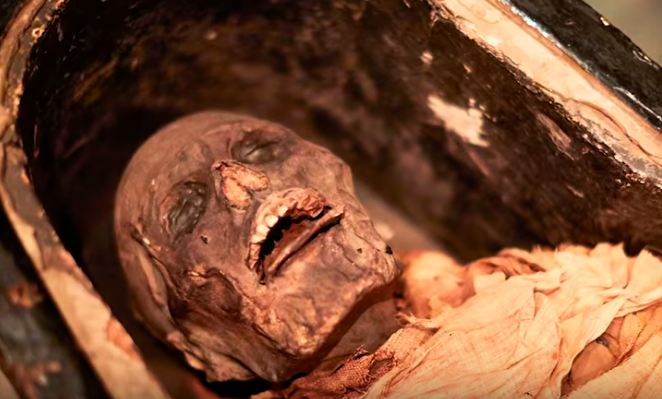An ancient Egyptian priest, who was mummified almost 3000 years ago, known as the mummy of Nesyamun. This mummy is currently the epicentre of a project which involved interior medical scans as the researchers aimed to create a digital, 3D model of the insides of the individual's throat and reproduce the mouth on a 3D printer.
The researchers have successfully created a 3D-printed vocal tract of the mummy and then combined it with an artificial larynx to recreate a single sound from Nesyamun's voice. This unbelievable project is itself extremely amazing as his voice was not heard since 11th century BC after his demise.
Who is this famous mummy of Nesyamun

The inscriptions found Nesyamun's coffin and the objects discovered inside it, have given several clues to the researchers which allowed them to understand the individual's life. A leather ornament in his bandages suggested that the individual died in the reign of Ramesses XI, who ruled Egypt between 1113 and 1085 BC. His coffin showcases many details related to the culture as well as a greater understanding of ancient Egypt.
Further study on the mummy also revealed that Nesyamun was a priest at the temple of Amun in the Karnak complex at Thebes. It was revealed that he was a 'waab priest' that means in ancient Egypt he had reached to a certain level of purification and was permitted to approach the statue of Amun in the most sacred inner sanctum of the temple.
The new research on Nesyamun
It is amazing that the ancient Egyptian priest can be heard now for the first time in more than 3,000 years and as per the researchers the sound is a "fundamental frequency" of Nesyamun's voice. But how the voice sounded was complicated by the position of his head and the deterioration of the mummy. Nesyamun's voice is based on "an extant vocal tract preserved over three millennia," mentioned the researchers.
The researchers behind this project wrote in Scientific Reports that "Nesyamun's vocal tract posture is not set for speaking any specific vowel; rather it is set appropriate for his burial position. In addition, his tongue has lost much of its muscle bulk, and his soft palate is missing."
First project of its kind

This project was conducted by the academics at Royal Holloway, University of London, the University of York and Leeds Museum. The study co-author Joann Fletcher, a professor of archaeology at the University of York said that this voice recreation technique has given them an opportunity to hear the person who was dead for thousands of years.
It should be noted that this is the first project of its kind which turned out as a success as they have recreated the voice of an ancient deceased person through artificial means. In future, the researchers are hoping to use the technology to recreate full sentences in Nesyamun's voice.
As reported by BBC, Prof Fletcher said it was Nesyamun's "express wish" to be heard in his afterlife, which was part of his religious belief system in ancient Egypt. He also mentioned that in his coffin it was written and "In a way, we've managed to make that wish come true."









